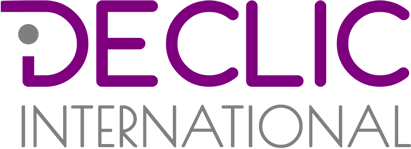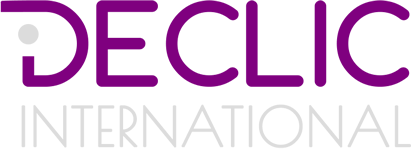
Many years ago, in 1998 to be precise, I was living in Italy. I had just got married with my French husband, and together we happily moved to Padua, a beautiful little town close to Venice.
Once, I was watching the news and the journalist announced the results of an intriguing survey. What Italian children were most afraid of? Was it losing their parents? Getting lost? Finding out they were adopted? No. What they feared the most were the “extracomunitàri”, immigrants from outside the European Union. Children in Italy were more afraid of immigrants than they were of the traditional bogeyman! Suddenly I realized I was an “extracomunitaria”, since I was born and raised in Brazil.
Coincidently, I was writing an academic paper on the impact of immigration in the Italian economy. Countless studies demonstrated the positive impact of immigrants in the economy. How come such a positive thing, rationally, could be perceived as such a negative thing, emotionally? Since then I became fascinated with how human beings relate to other human beings who are perceived as different.
For this reason, I became an inclusion and diversity specialist in the corporate world. And in corporations I’ve found a similar paradox. Countless studies demonstrate the strong correlation between inclusion and diversity and business performance. For instance, according to Catalyst, companies with the highest representation of women in senior management deliver 34 percent greater returns to investors. A McKinsey study showed that ethnically diverse companies are 35 percent more likely to outperform financially. Diversity and inclusion is even being used as an investment tool. Thompson Reuters created the first D&I index with the top 100 companies for diversity and inclusion performance. Yet, corporations struggle to achieve inclusion and diversity, particularly at senior management levels. How come?
I’ll continue exploring the inclusion paradox in my next post. Thanks for taking the time to read this. Let me know what you think in the comments below. I’d love to hear your different perspectives!
This is an excerpt from one of the chapters of my upcoming book “How to become an inclusive leader – The winning leadership habits in a diverse world” (release in March 2017).
To get my weekly articles and videos directly in you inbox, sign up for my newsletter.
NEED HELP BUILDING INCLUSIVE LEADERSHIP SKILLS?
Check out my Inclusive Leadership Program that empowers leaders and managers to get the most out of their teams by outsmarting unconscious bias and managing effectively to human differences.



